The science behind the perfect churro is as fascinating as the treat itself. Among the many factors that contribute to its irresistible texture, the frying expansion coefficient plays a pivotal role. This culinary phenomenon determines how much the dough expands when submerged in hot oil, creating the churro's signature light, crispy exterior and soft interior. Spanish churros, in particular, owe their distinct quality to this delicate balance of ingredients and technique.
At its core, the frying expansion coefficient is influenced by the dough's composition. Traditional Spanish churro dough consists of flour, water, salt, and sometimes a touch of sugar or olive oil. The absence of leavening agents like yeast or baking powder means that the expansion relies heavily on the rapid vaporization of water within the dough when it hits the hot oil. As the moisture turns to steam, it creates pockets of air, causing the dough to puff up. The precise ratio of flour to water is critical—too much water, and the churros may collapse; too little, and they won't expand sufficiently.
The temperature of the oil is another decisive factor. Ideally, churros are fried at around 180°C (356°F). At this temperature, the exterior sets quickly, forming a barrier that traps steam inside, forcing the dough to expand outward. If the oil is too cool, the churros absorb excess oil and become greasy without achieving the desired puffiness. Conversely, oil that's too hot can cause the exterior to brown too quickly, leaving the interior undercooked and preventing proper expansion.
Interestingly, the shape of the churro also affects its expansion. The classic ridged surface, achieved by piping the dough through a star-shaped nozzle, increases the surface area exposed to heat. This design not only enhances crispiness but also allows for more uniform expansion. The ridges create tiny channels where steam escapes in a controlled manner, preventing the churro from bursting unevenly or deflating after frying.
Beyond ingredients and technique, the resting time of the dough before frying can subtly influence expansion. Allowing the dough to sit for at least 30 minutes before piping helps the gluten relax, resulting in a more tender texture. However, over-resting can lead to a weaker structure that fails to hold its shape during frying. Mastering this timing is part of the artistry behind perfect churros.
In commercial settings, some vendors experiment with additives like cornstarch or egg whites to fine-tune the expansion coefficient. Cornstarch can reduce gluten development, yielding a crispier shell, while egg whites may provide additional structure to support expansion. Yet, purists argue that these modifications stray from the authentic Spanish churro experience, where simplicity reigns supreme.
The cultural significance of churros in Spain adds another layer to their scientific intrigue. Often enjoyed with thick hot chocolate for breakfast or as an evening snack, their texture is non-negotiable. A poorly expanded churro isn't just a culinary failure—it's a disappointment to tradition. This cultural expectation drives continuous refinement in both home kitchens and professional churrerías.
Modern food science has begun quantifying what experienced churro makers have long understood intuitively. High-speed cameras capture the expansion process in real time, while thermal imaging reveals how heat penetrates the dough. These studies confirm that the ideal churro achieves approximately 1.5 to 2 times its original volume during frying, a metric now referred to as the "churro expansion index" among researchers.
Seasonal variations also come into play. On humid days, dough may require slight adjustments to compensate for atmospheric moisture affecting steam production. Winter temperatures might demand slightly higher oil temperatures to maintain consistent results. Such nuances highlight why churro-making is considered both a science and an art form passed down through generations.
As global interest in authentic Spanish cuisine grows, understanding these technical details becomes increasingly valuable. Food engineers now study churro expansion principles to improve other fried dough products, from donuts to tempura. Yet, despite technological advances, the magic of watching slender dough ribbons transform into golden, crispy churros remains one of gastronomy's simple pleasures.
Ultimately, the frying expansion coefficient embodies the beautiful intersection of physics and tradition. Each variable—from kneading technique to oil purity—contributes to that moment when teeth first break through a churro's crisp shell into its airy center. This ephemeral perfection explains why, after centuries, the pursuit of the ideal churro continues to captivate bakers and food lovers alike.

By /May 26, 2025
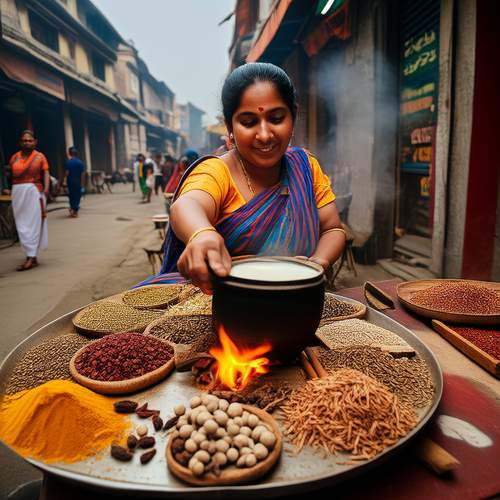
By /May 26, 2025
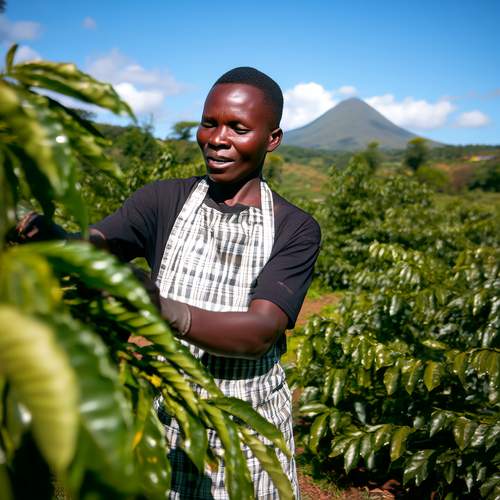
By /May 26, 2025

By /May 26, 2025

By /May 26, 2025
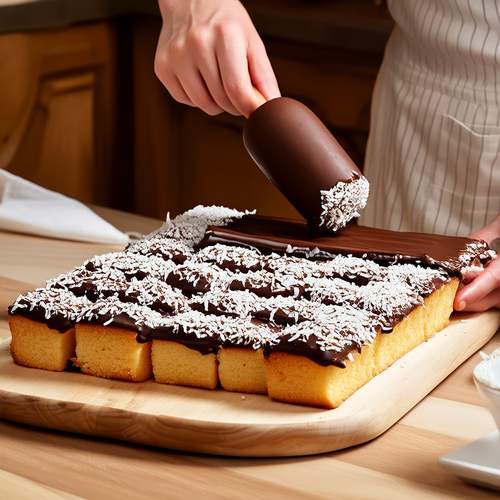
By /May 26, 2025

By /May 26, 2025

By /May 26, 2025

By /May 26, 2025

By /May 26, 2025
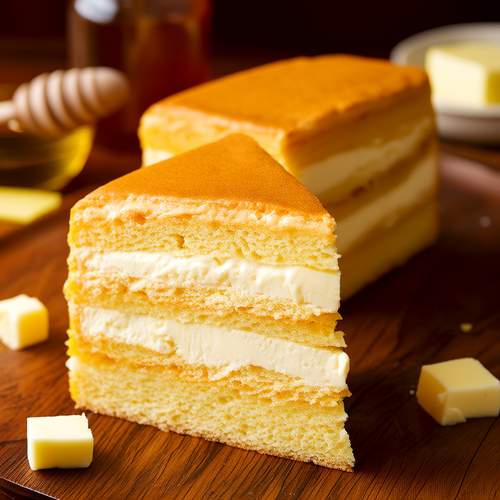
By /May 26, 2025
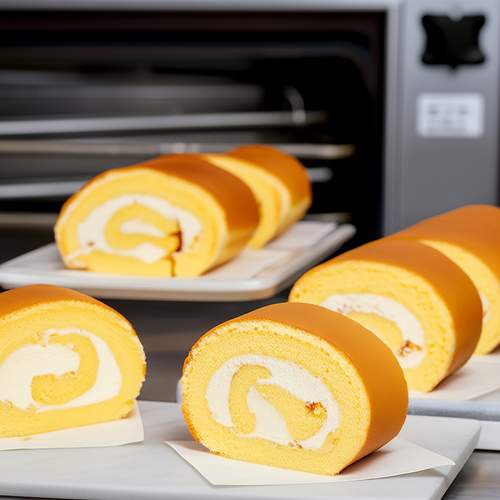
By /May 26, 2025

By /May 26, 2025
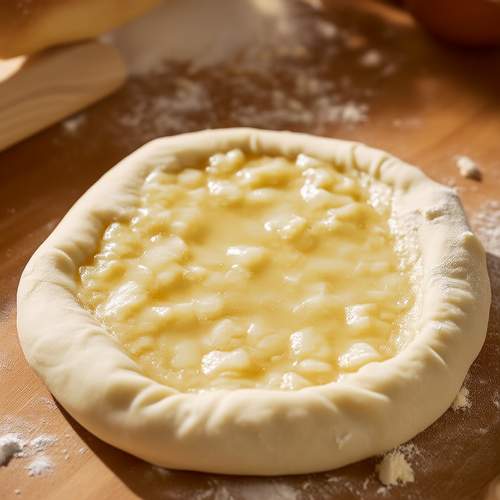
By /May 26, 2025

By /May 26, 2025

By /May 26, 2025
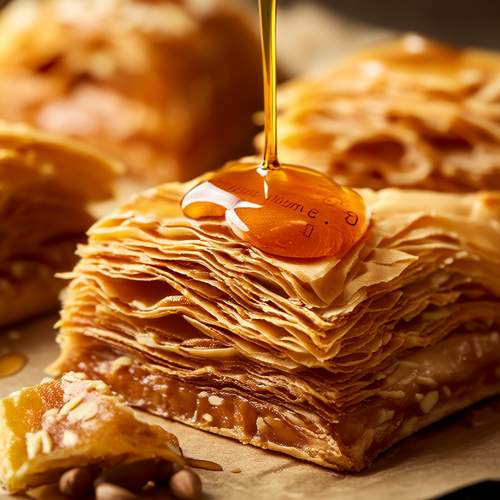
By /May 26, 2025
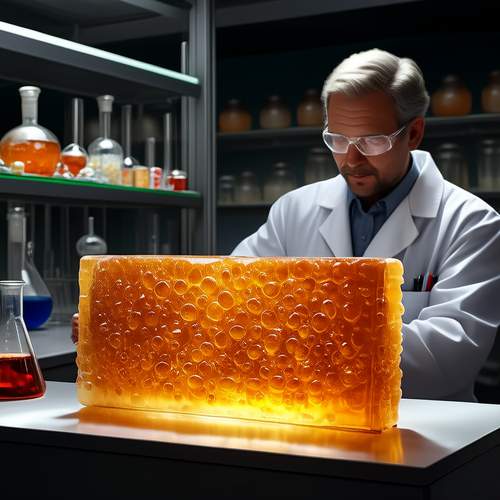
By /May 26, 2025

By /May 26, 2025

By /May 26, 2025